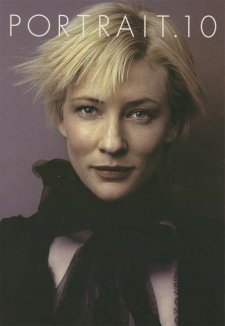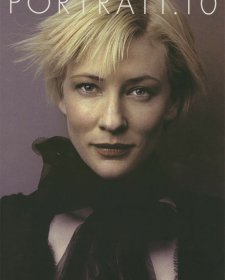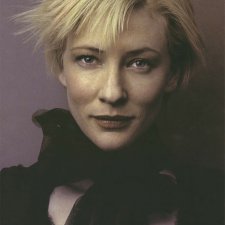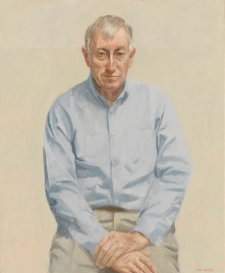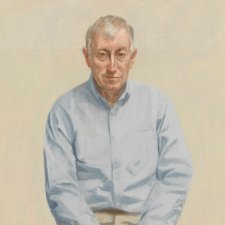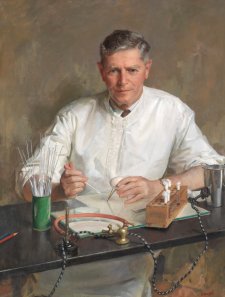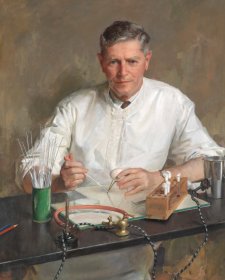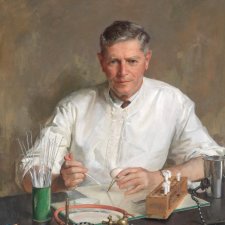Stella Bowen (1893-1947) was born and raised in Adelaide and came from a privileged middle class Australian family. Her mother did not approve of Stella's plans to be an artist, as she believed that it was an inappropriate career for a 'respectable' young woman. Nonetheless she went on to study at the South Australian School of Art and Craft, and when she was 17 her mother reluctantly allowed her to study from a model two days a week with Margaret Preston, a practice Stella described as 'exhilarating'. Bowen left Adelaide in 1914 after the death of her mother and sailed to England where she studied art at the Westminster School of Art under Walter Sickert. She never returned to Australia.
In 1917 the most significant relationship in Bowen's life developed when she met the novelist Ford Madox Ford, a married man at the time and nearly twenty years her senior. Their daughter, Julia, was born in 1920. During this time Bowen virtually gave up painting. Her daughter, and Ford's career as a writer were priorities.
Upon moving to France in 1922, Bowen and Ford became involved in the Bohemian cafe society of Paris. Although Bowen moved in avant-garde circles, she always pursued her own direction in her art. Her artistic vision remained individual, intimate and personal - focussed on the domestic; with a preference for the figurative, portraiture and interiors.
A visit to Italy in 1923 with Ezra and Dorothy Pound was an inspiration and she became enthralled with the work of the Italian primitives: Giotto, Piero delta Francesca, Fra Angelica, Simone Martini and Botticelli. The trip was to have a lasting effect on her work, in her formal compositions, and furthering her interest in group portraits.
In 1927 Bowen and Ford separated; henceforth she was forced to exist entirely on her painting. She went to the US in 1932 and later to France where she supplemented her finances by writing articles for the New Chronicle and painting portrait commissions. She returned to England on her 40th birthday.
Until the 1999 publication of Drusilla Modjeska's study of the Bowen and Grace Cossington Smith, Stravinsky's Lunch, Bowen was perhaps best-known in Australia for her work as an Official War artist (1943-46). In this role, Bowen's primary subject matter was the activities of the Royal Australian Air Force who were stationed in England, amongst them her iconic image Bomber Crew. She said, 'I can't "do" action pictures with crowds of busy people. My line is portraiture. I would much welcome a chance to do group portraits as a formal decorative scheme, with emphasis on linear design. '
Bowen's self-portrait painted around 1934 presents a young-looking Bowen, although the artist was 41 at the time. It portrays a soft, quiet and gentle depiction of the artist, a style that is quite different from the severe, self-portrait in the collection of the Art Gallery of South Australia. The 1934 portrait is painted in a sketchy, painterly style. The brushstrokes are light and visible, with a thin layer of paint in many areas; scratches add texture and dimension to the work. The pallete is light and soft, with a selection of earthy and muted tones. This technique is characteristic of the style Bowen adopted after her break up with Ford Madox Ford when she developed a quick portrait technique in order to complete portrait commissions in only 2-3 days.

